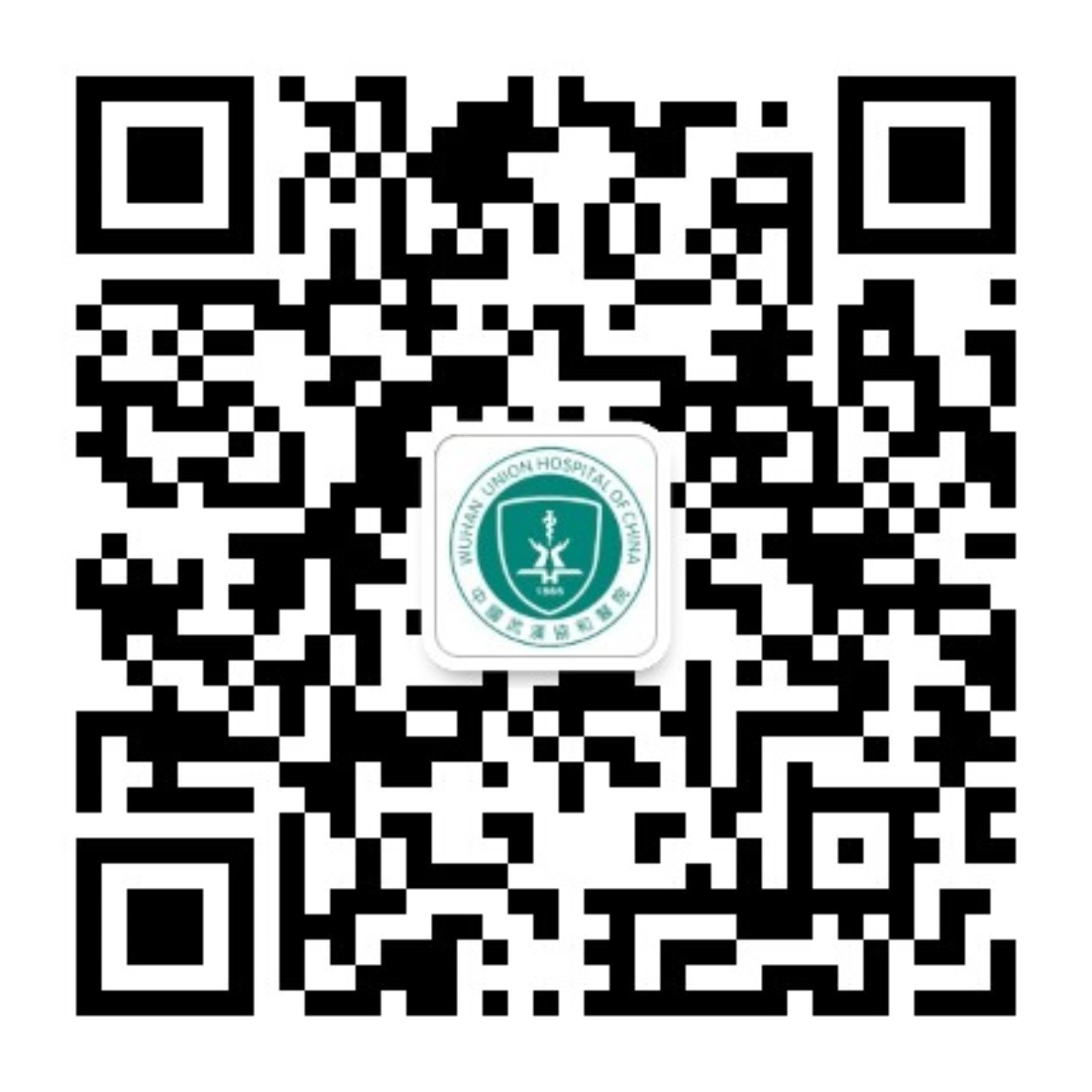His-Purkinje system pacing combined with atrioventricular node ablation in treating recurrent persistent atrial fibrillation after multiple ablation
-
摘要: 目的:对于多次导管消融术后复发的症状性持续性心房颤动(房颤)患者,行房室结消融联合希浦系统起搏治疗,观察是否能够改善目标人群的生活质量及缓解临床症状,评估手术是否安全有效。方法:纳入既往至少两次射频消融术后复发的症状性持续性房颤患者,行希浦系统起搏及房室结消融治疗,统计手术成功率及并发症。术后随访6个月,观察希浦系统起搏参数是否稳定。术前评价患者房颤症状及生活质量,并进行6 min步行试验,同术后6个月随访时比较,观察有无改变。结果:共31例患者手术,希浦系统起搏成功率100%(22例行希氏束起搏,9例行左束支起搏);房室结消融成功率93.3%。术后6个月随访显示,患者房颤症状及生活质量显著改善,6 min步行距离显著提升,希浦系统起搏的阈值无显著差异,无严重并发症出现。结论:对于多次射频消融术后复发的症状性持续性房颤患者行希浦系统起搏联合房室结消融治疗,短期随访显示可以显著改善患者临床症状,提升生活质量,手术安全有效。Abstract: Objective: For patients with symptomatic persistent atrial fibrillation(AF) who recurred after multiple catheter ablation, atrioventricular node ablation combined with His-Purkinje system pacing is performed to observe whether it can improve the quality of life and alleviate clinical symptoms, and evaluate whether the therapy is safe and effective.Methods: Patients with symptomatic persistent AF who recurred after at least two radiofrequency ablation were treated with His-Purkinje system pacing and atrioventricular node ablation, the success rate and complications were recorded. All included patients were followed up for 6 months to observe whether the pacing parameters of His-Purkinje system were stable. The AF symptoms, quality of life, and 6-min walking distance before and 6 months after operation were compared.Results: Thirty-one patients underwent His-Purkinje system pacing and atrioventricular node ablation. The success rate of His-Purkinje system pacing was 100%(22 cases underwent His bundle pacing and 9 cases underwent left bundle branch pacing); The success rate of atrioventricular node ablation was 93.3%. The 6-month follow-up showed that the AF symptoms, quality of life, and 6-minute walking distance were significantly improved, there was no significant difference in the pacing threshold of His-Purkinje system pacing, and there were no serious complications.Conclusion: For symptomatic persistent AF patients who recurred after multiple radiofrequency ablation, His-Purkinje system pacing combined with atrioventricular node ablation can significantly improve the clinical symptoms and quality of life in a short-term follow-up, the operation is safe and effective.
-

-
[1] Scherr D,Khairy P,Miyazaki S,et al.Five-year outcome of catheter ablation of persistent atrial fibrillation using termination of atrial fibrillation as a procedural endpoint[J].Circ Arrhythm Electrophysiol,2015,8(1):18-24.
[2] Schreiber D,Rostock T,Fröhlich M,et al.Five-year follow-up after catheter ablation of persistent atrial fibrillation using the stepwise approach and prognostic factors for success[J].Circ Arrhythm Electrophysiol,2015,8(2):308-317.
[3] Kiehl EL,Makki T,Kumar R,et al.Incidence and predictors of right ventricular pacing-induced cardiomyopathy in patients with complete atrioventricular block and preserved left ventricular systolic function[J].Heart Rhythm,2016,13(12):2272-2278.
[4] Khurshid S,Epstein AE,Verdino RJ,et al.Incidence and predictors of right ventricular pacing-induced cardiomyopathy[J].Heart Rhythm,2014,11(9):1619-1625.
[5] Zanon F,Abdelrahman M,Marcantoni L,et al.Long term performance and safety of His bundle pacing:A multicenter experience[J].J Cardiovasc Electrophysiol,2019,30(9):1594-1601.
[6] Li Y,Chen K,Dai Y,et al.Left bundle branch pacing for symptomatic bradycardia:Implant success rate,safety,and pacing characteristics[J].Heart Rhythm,2019,16(12):1758-1765.
[7] Cheng LT,Zhang JM,Wang ZF,et al.Recent approaches to His-Purkinje system pacing[J].Chin Med J(Engl),2019,132(2):190-196.
[8] Vijayaraman P,Dandamudi G.How to Perform Permanent His Bundle Pacing:Tips and Tricks[J].Pacing Clin Electrophysiol,2016,39(12):1298-1304.
[9] Vijayaraman P,Dandamudi G,Zanon F,et al.Permanent His bundle pacing:Recommendations from a Multicenter His Bundle Pacing Collaborative Working Group for standardization of definitions,implant measurements,and follow-up[J].Heart Rhythm,2018,15(3):460-468.
[10] Vijayaraman P,Bordachar P,Ellenbogen KA.The Continued Search for Physiological Pacing:Where Are We Now?[J].J Am Coll Cardiol,2017,69(25):3099-3114.
[11] Su L,Wu S,Wang S,et al.Pacing parameters and success rates of permanent His-bundle pacing in patients with narrow QRS:a single-centre experience[J].Europace,2019,21(5):763-770.
[12] Chen K,Li Y,Dai Y,et al.Comparison of electrocardiogram characteristics and pacing parameters between left bundle branch pacing and right ventricular pacing in patients receiving pacemaker therapy[J].Europace,2019,21(4):673-680.
[13] Scheinman MM,Huang S.The 1998 NASPE prospective catheter ablation registry[J].Pacing Clin Electrophysiol,2000,23(6):1020-1028.
[14] Zanon F,Ellenbogen KA,Dandamudi G,et al.Permanent His-bundle pacing:a systematic literature review and meta-analysis[J].Europace,2018,20(11):1819-1826.
[15] Li X,Li H,Ma W,et al.Permanent left bundle branch area pacing for atrioventricular block:Feasibility,safety,and acute effect[J].Heart Rhythm,2019,16(12):1766-1773.
[16] Vijayaraman P,Subzposh FA,Naperkowski A,et al.Prospective evaluation of feasibility and electrophysiologic and echocardiographic characteristics of left bundle branch area pacing[J].Heart Rhythm,2019,16(12):1774-1782.
[17] Chen X,Wei L,Bai J,et al.Procedure-Related Complications of Left Bundle Branch Pacing:A Single-Center Experience[J].Front Cardiovasc Med,2021,8:645947.
[18] Qi P,Li XX,Tian Y,et al.Injection of contrast medium through a delivery sheath reveals interventricular septal vascular injury in a case of left bundle branch pacing[J].J Int Med Res,2020,48(8):300060520947880.
-

计量
- 文章访问数: 1038
- PDF下载数: 785



 下载:
下载:
